Classroom Alphabet
Instead of putting up the traditional alphabet cards, maybe you’ll want to use one of these ideas to create a unique alphabet this year.
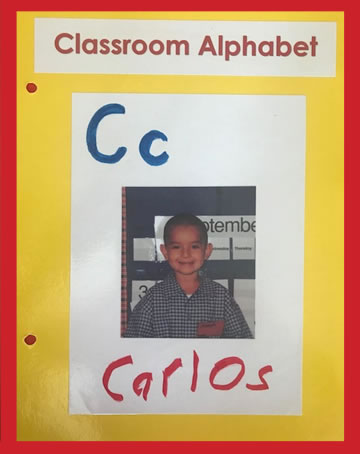
Children’s Photos
Use children’s first or last names to make an alphabet. If several children have names that begin with the same sound, then group them together. If you don’t have names for letters, then use the school helpers’ names or other common objects.

Sign Language
Cut hands out of felt and glue them to make the manual signs for letters.
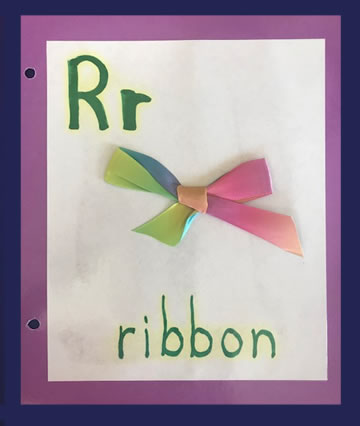
Real Objects
Glue small objects that begin with letters to make alphabet cards.
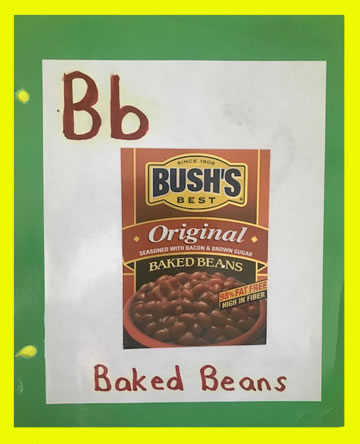
Environmental Print
Use labels from food products or clothes to make an alphabet.
Hint! Give each child a letter and ask parents to send in environmental print for that letter.
Giant Letters
Cut out giant cardboard letters for the first letter in each child’s name. Let them decorate these at home with their families. They could use family photos, pictures of things that are important to them, or drawings to decorate their letters.
Functional Print Books
Use some of these ideas to help children understand the importance of reading and writing every day.
Things the Teacher Needs to Know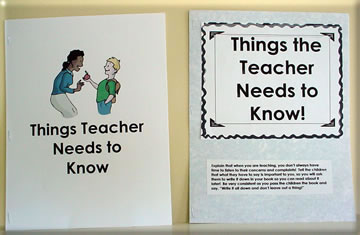
Write “Important Things” on a spiral notebook. When a child comes to you to complain or tattle, hand them the book and say, “Write it all down and don’t leave out a thing. I’ll read it later on when I have more time.”
*Get old tax forms from the library and ask children to fill them out if they have a complaint about someone!
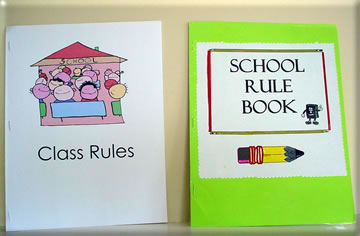 Rule Book
Rule Book
After discussing school rules, ask each child to come up with a rule that they think is important. Have them illustrate their rule and write or dictate a sentence to go with it. Put their rules together to make a class book. Hang the book in an important spot in your classroom and refer to it when children are behaving inappropriately. You open the book and say, “You need to do (such and such). The rule is right here in our book!”

New Shoes
Invite children to write a story or draw a picture in this book when they get a new pair of shoes!
 The Tooth Book
The Tooth Book
Have children draw a picture of what they look like after they lose a tooth. Remind them to be sure and draw a “window” in their mouth where their tooth used to be!
Weather Report
Choose a different child each day to be the meteorologist. Have the weather
person record the weather by writing a sentence or drawing a picture in your
book.
The Birthday Book
Have children write a story and draw a picture on a special page in this book
when it’s their birthday. (You could also take a photo of them.)
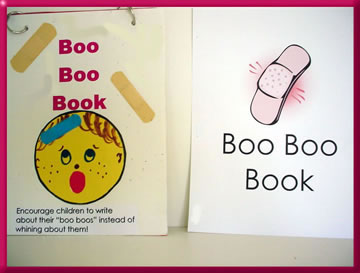
The Boo Boo Book
If a child gets a little scrape or scratch, have them draw a picture of it in this book. Give them a band aid to put on their “boo boo” so it will feel better.
Acts of Kindness
Create a book where children can record kind deeds their fellow classmates have done.
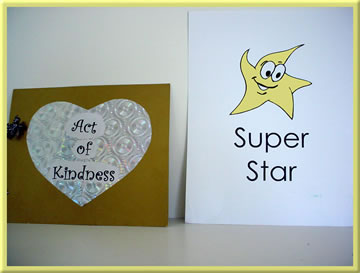 Hint! The teacher can model this by “catching children” in the act of doing something thoughtful and loving for others.
Hint! The teacher can model this by “catching children” in the act of doing something thoughtful and loving for others.
Super Star
Have children draw a picture and write about it when they do something that makes them feel proud and special.
Kiss Your Brain!
When children learn to do something or answer questions creatively, encourage them to sign their name and write about it in this book.
Big News
Record exciting events in children’s lives (like becoming a big brother or sister) with this class book.
Class Phone Book
Give each child a sheet of paper and ask them to write their name at the top and their phone number at the bottom. Have them draw a picture of themselves or attach a photo to the middle of the page. Cut the front and back off your local phone book and use for the cover of the book. Punch holes and bind with book rings.
Put Ups
If a child says something unkind about a classmate or puts them down, ask them to write a positive comment or “put up” in your book.
Peace Talks
This is a great idea to encourage conflict resolution. When two children have a disagreement, have them sit next to each other at a table with a spiral notebook open in front of them. Ask each child to write/draw their version of what happened on their side of the book. When they’ve “resolved” their conflict, they may come to you with their solution.
Excuse Book
Do you get tired of hearing excuses about forgotten homework, running in the hall, etc.? Keep a blank book on your desk and ask children write their excuses so you don’t have to listen to them!
Acceptable Words
You will need a school dictionary for this idea. (Check to make sure
that it’s pretty basic and there are no “dirty” words in it.) Explain that
the school dictionary contains all the words that are allowed in the school. Sometimes people use other words when they are at home or on television, but they are not acceptable at school. When a child says a dirty word, challenge them to “look it up” in the dictionary. “I guess it’s not there, so you can’t use it at school!”
Forms
Create forms children can fill out with their name, date of birth, eye color, hair color, address, phone, etc. (Vary according their ability.)





 Rule Book
Rule Book
 The Tooth Book
The Tooth Book

 Hint! The teacher can model this by “catching children” in the act of doing something thoughtful and loving for others.
Hint! The teacher can model this by “catching children” in the act of doing something thoughtful and loving for others.